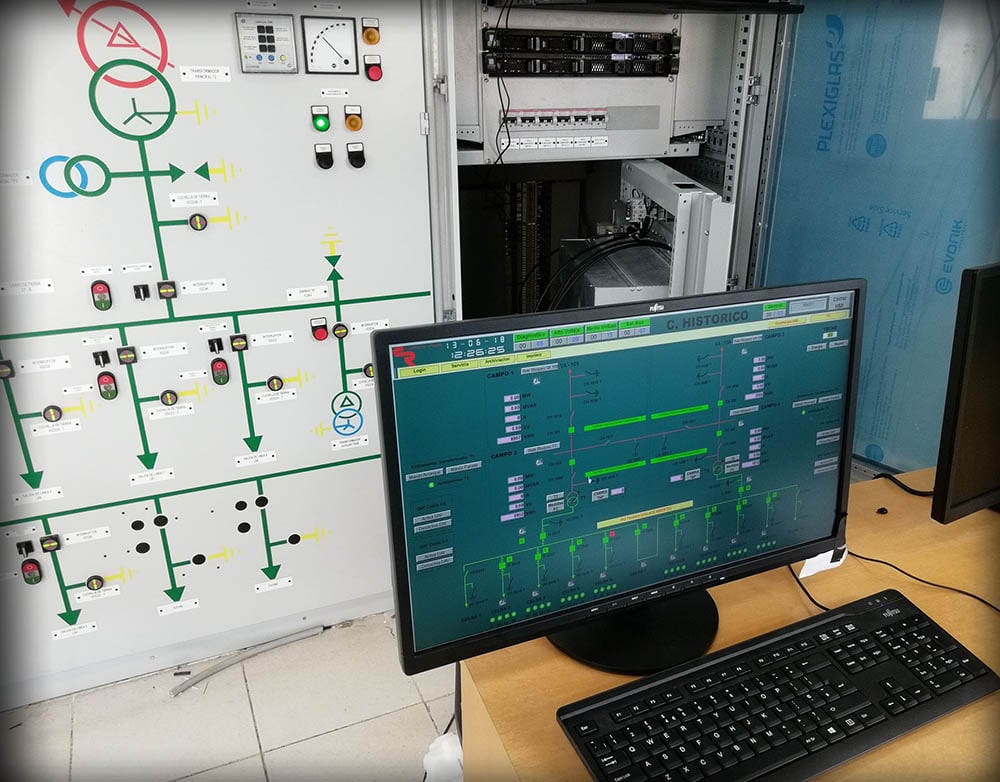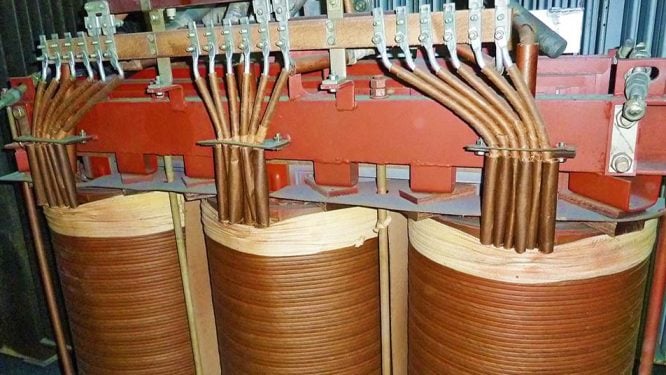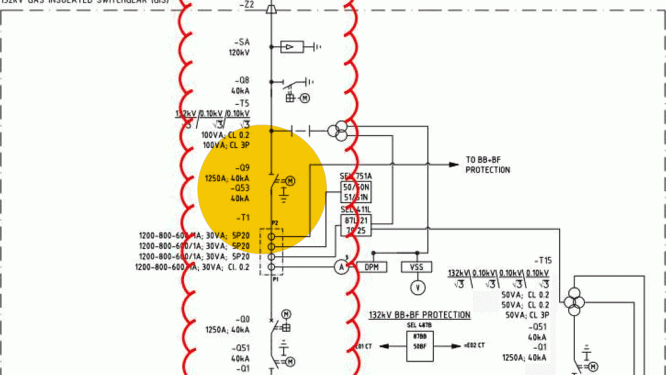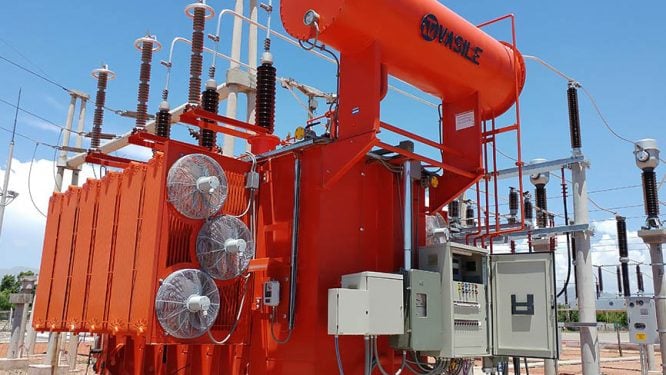Description
This course is dedicated to one of the main areas of electrical engineering: power system analysis. Power system analysis is the core of power engineering and its understanding is therefore essential for a career in this field. In this course, you will learn about power flow (load flow) analysis and short circuit analysis and their use in power systems.
The course consists of 37 lectures in 5h 48m total length., and it’s divided into the following sections:
1. Power Flow (Load Flow) Analysis
In section 1, we will introduce the concept of power flow. Also referred to as load flow, power flow is the analysis of how apparent, real, and reactive power flows between parts of a power system, from generation to the loads. Two different methods will be covered, which are the most widely used methods in power system analysis: the Gauss-Seidel method and the Newton-Raphson method. Several examples will be solved to help explain how these methods are used for power flow analysis.
2. Short Circuit Analysis of Balanced Faults
In section 2, we will introduce short circuits. Also referred to as faults, short circuits are undesired occurrences in power systems when conductors are shorted between each other, to ground, or a combination of these. This is the basis for the field of protection and control which is widely important for the safe and reliable operation of power systems.
To introduce how short circuits (faults) affect power systems, we will begin by discussing balanced (i.e., three-phase) short circuits. We will also introduce the concept of the short circuit capacity and the bus impedance matrix.
3. Short Circuit Analysis of Unbalanced Faults
In section 3, we will continue discussing short circuits (faults), but will discuss the more complex analysis of unbalanced faults (e.g., single-line-to-ground, line-to-line, and line-to-line-to-ground faults). To do this, we will introduce the technique of symmetrical components, which allows us to analyze unbalanced power systems more easily.
By learning about power flow analysis and short circuit analysis and how they are used in power systems, you will be able to continue your study of power system analysis for a career in power engineering and electrical engineering.
For more information visit the course page:
Power System Analysis Course: The Essentials of Load Flow and Short Circuits







Edvard –
This course amazing, it gives such vast amount of knowledge power system & short circuits analysis in such a simple way. I like the structure and the pace as well as the pdf attached. It’s nice having a structured course that gradually progresses in difficulty. It’s also nice having a certificate as a way to validate what I’ve learned to others.